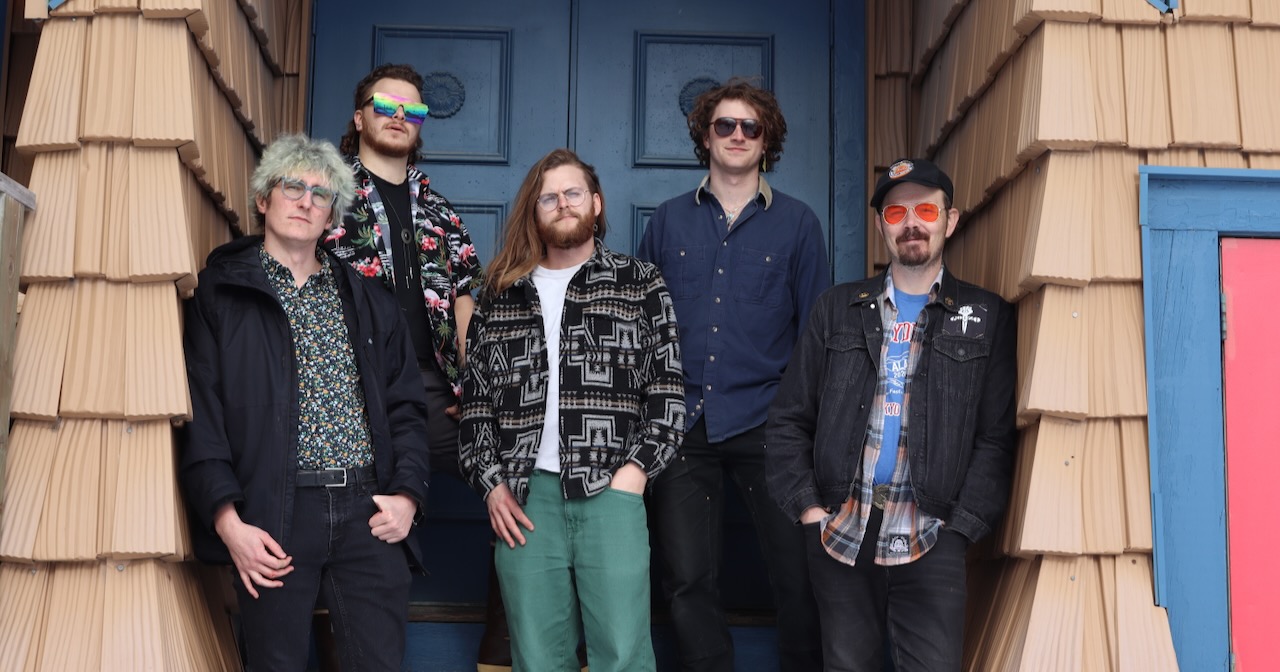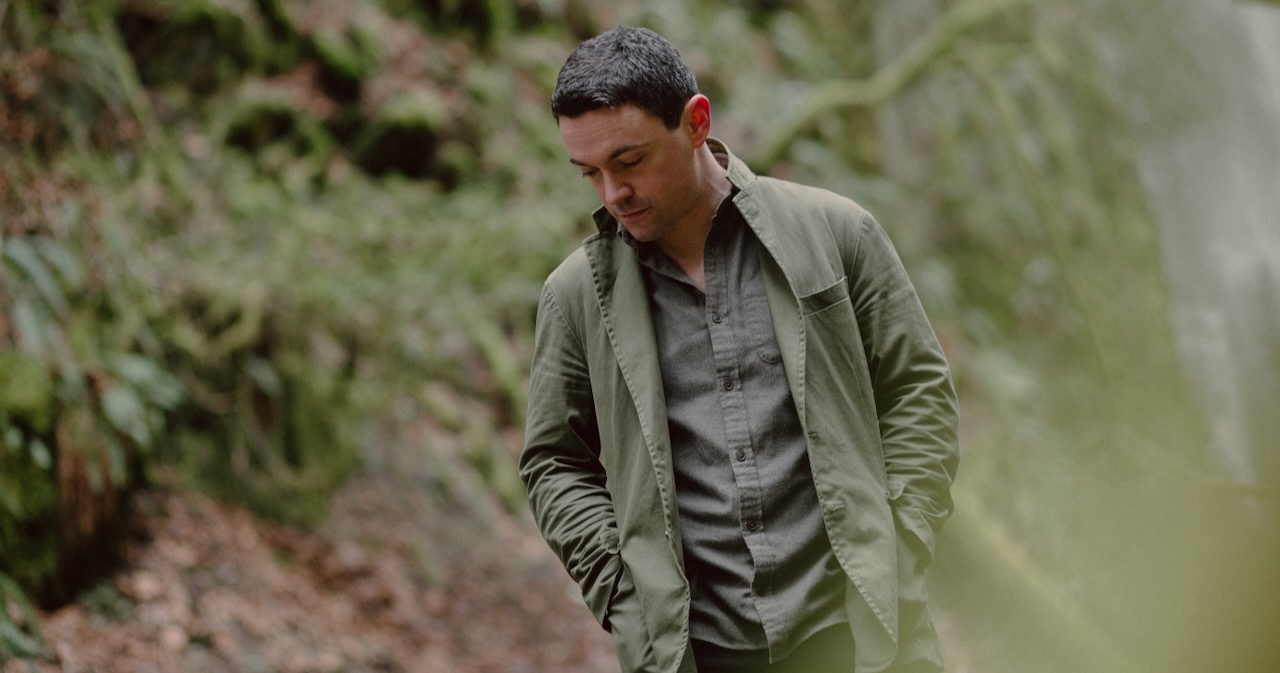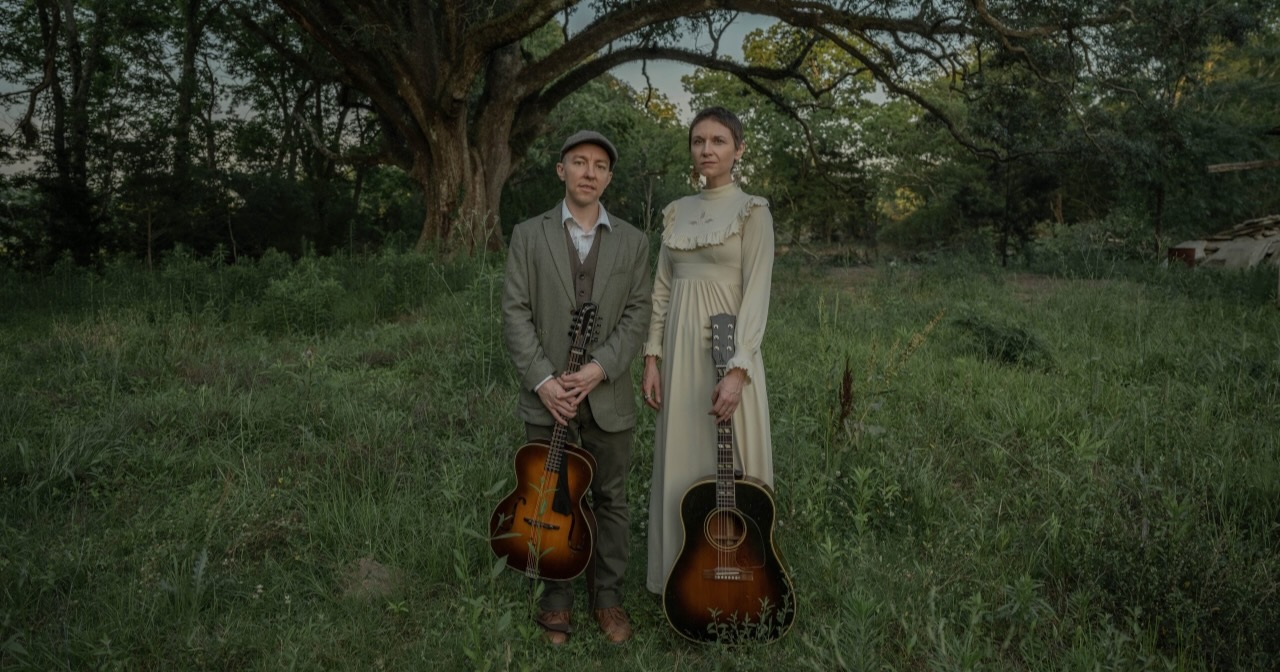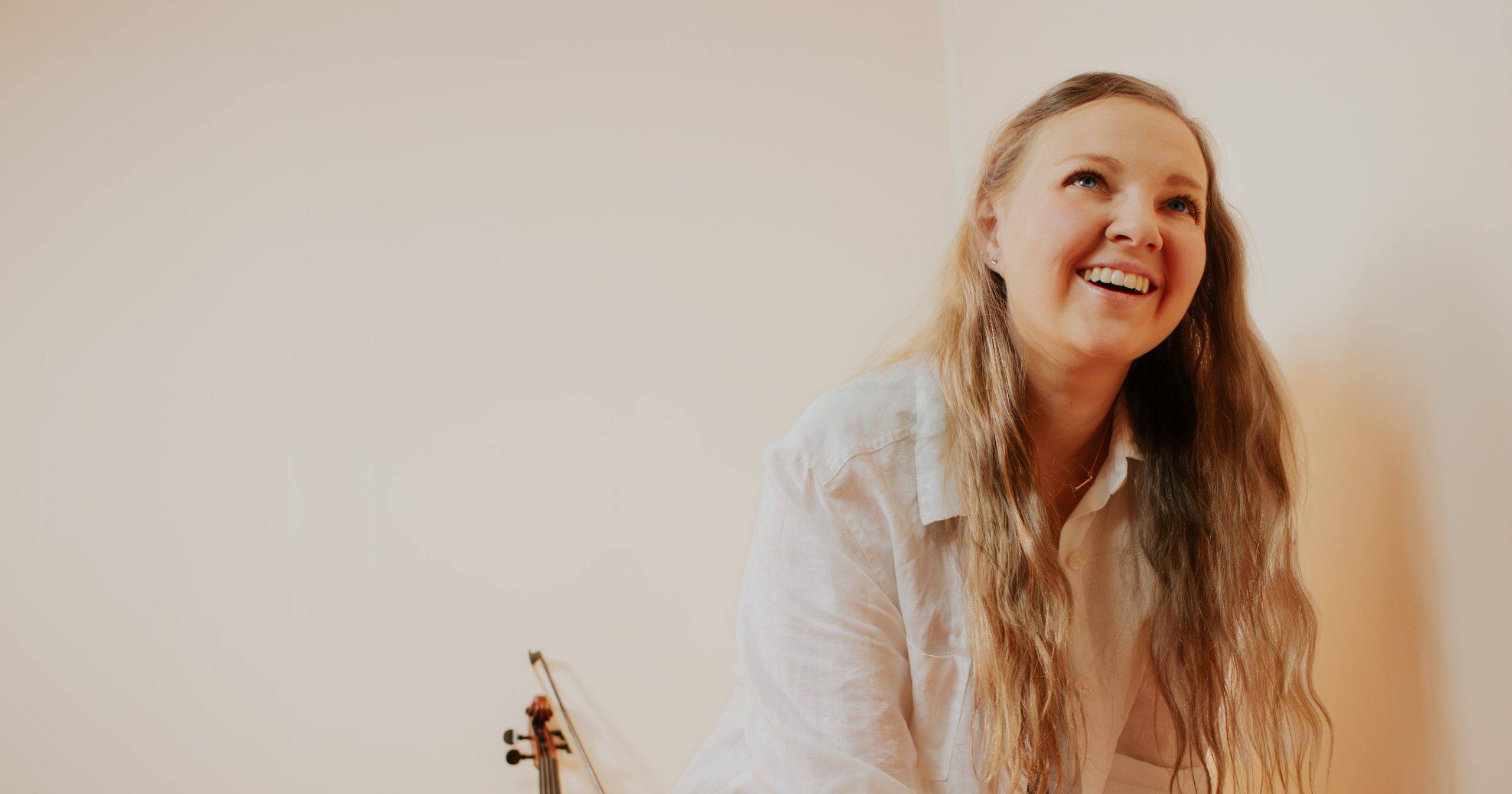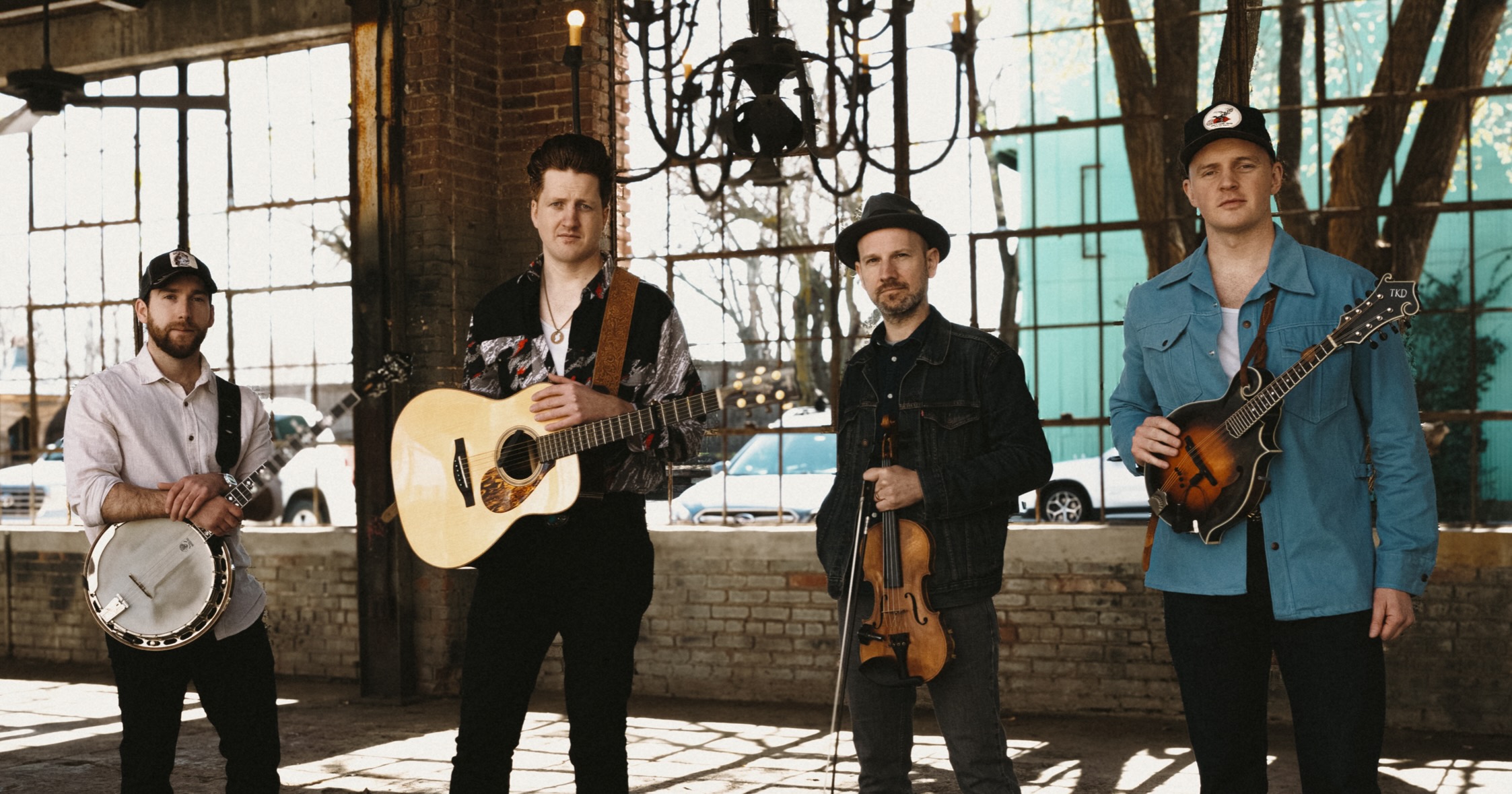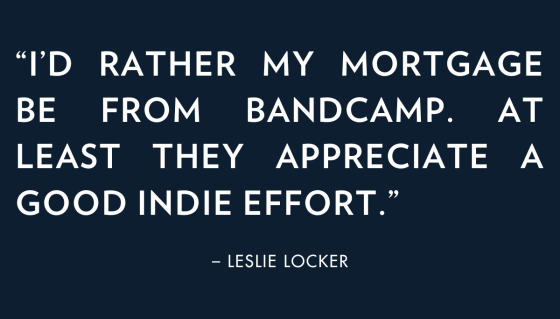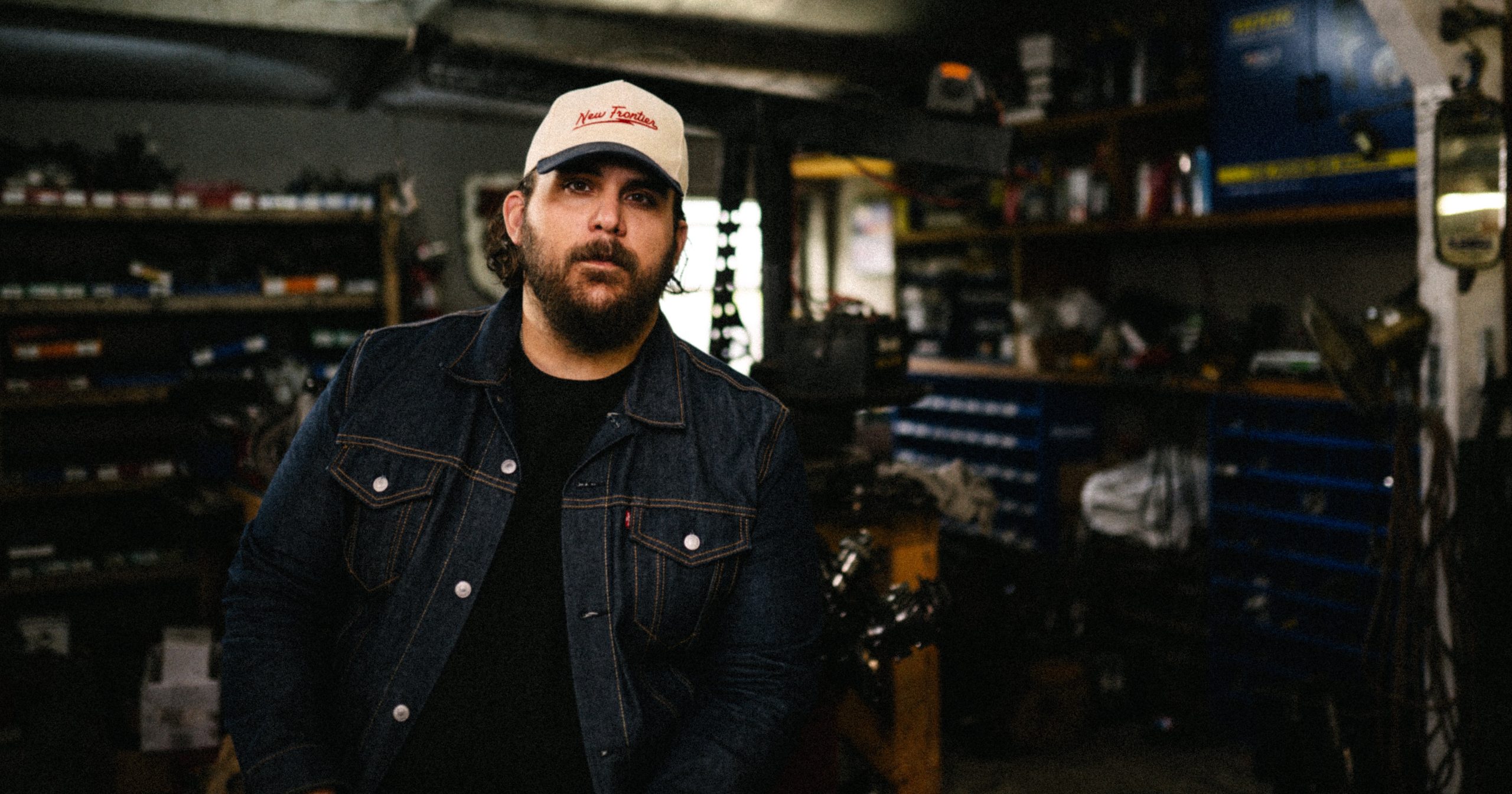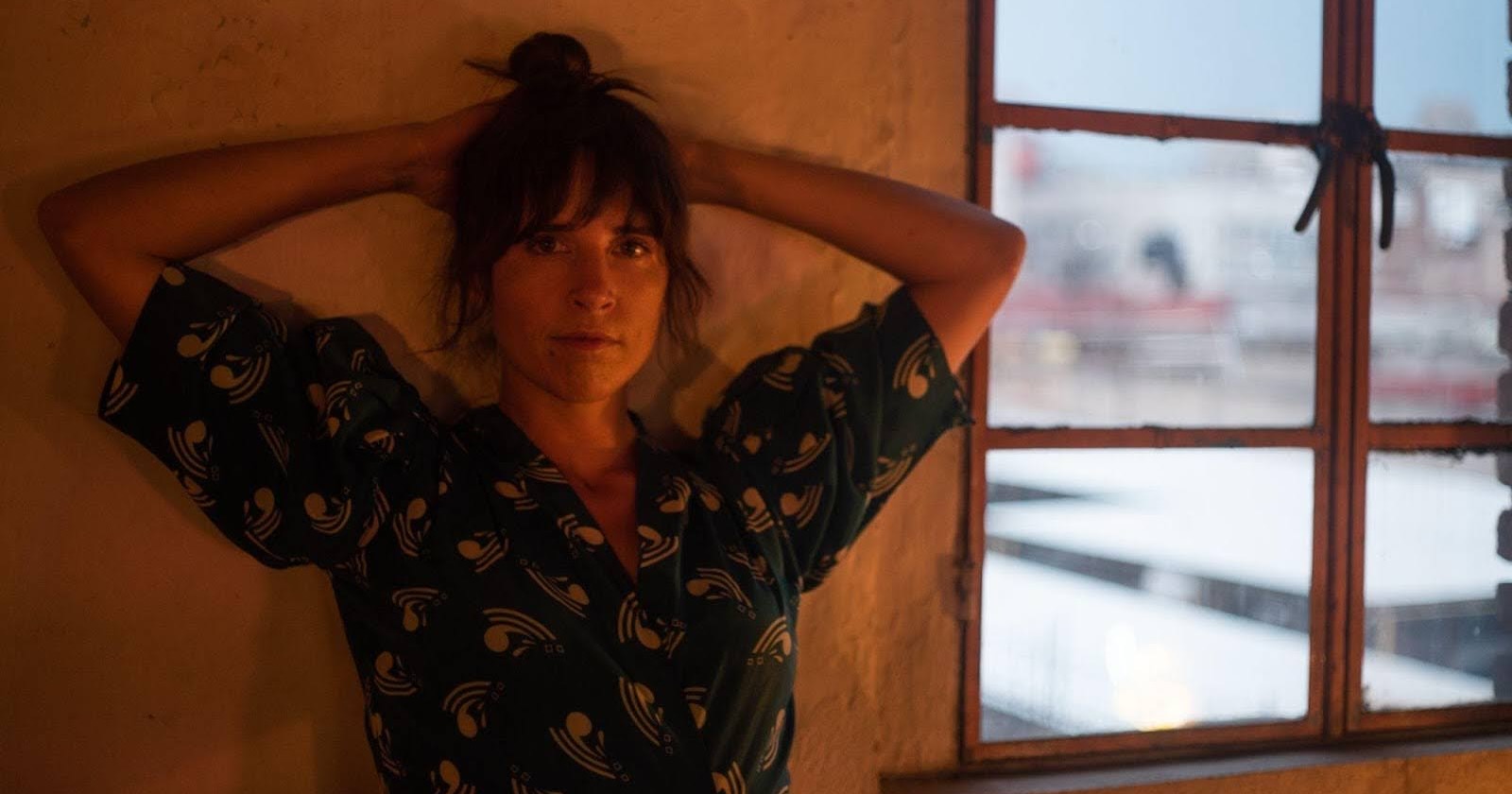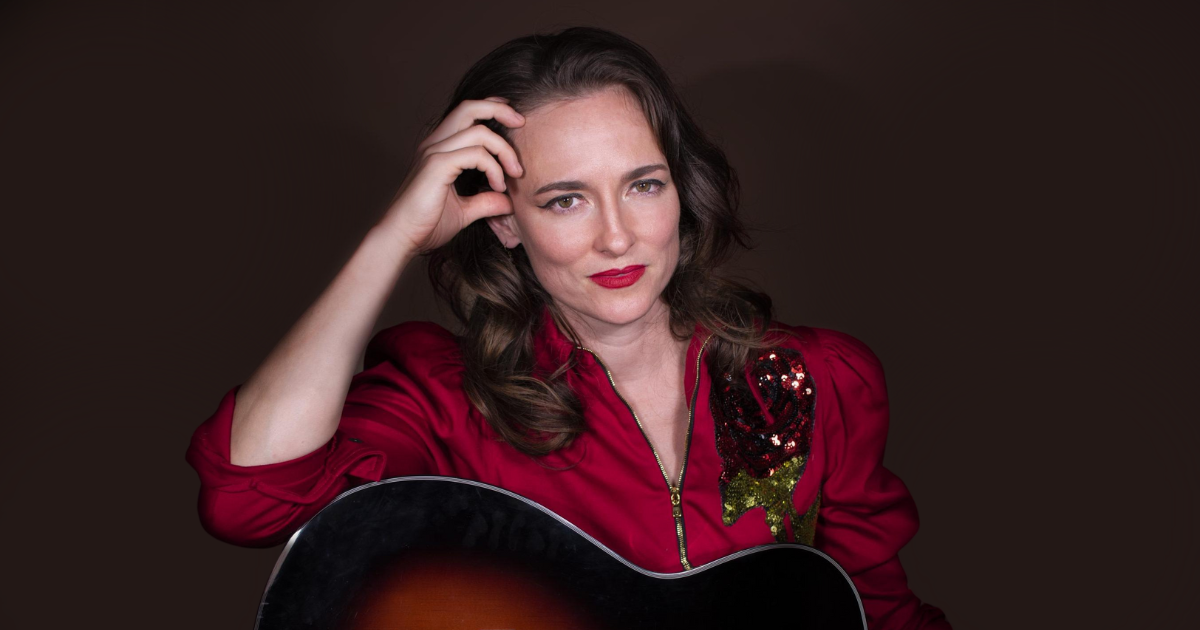Alaska is an incredible melting pot for artists. Despite our sparse population, we are filled with wonderful creative types and a bustling music scene. Lots of our music and tradition stems from bluegrass and string music, the roots of which can be seen in so many of our incredible acts. As a band, we seek to celebrate our state and our scene, both of which are thriving and yet largely ignored by the lower 48. – Blackwater Railroad
“Heirlooms” – Josh Fortenbery
Josh’s new album is so immediately captivating. His voice is incredible, the instrumentation divine, and his songwriting is top notch. You can lose yourself instantly in the images he paints in your mind. He’s also part of Muskeg Collective, a Juneau-Based supergroup of folk musicians.
“Call Me a Fool” – Erin Heist
Erin is also part of the Muskeg Collective and another great example of the high standard that Juneau musicians bring to the world. Her smooth voice and raw lyrics speak directly to our hearts. Be sure to listen for the wonderful mandolin work by her husband, Andrew Heist, on this track. Power couple much??
“Sundays” – Wiley Post
We’ve had the pleasure of sharing the stage with these folks a few times now. They have an eclectic indie vibe that is so characteristic of our scene. Enjoy soaring fiddle lines, tasteful piano, and angelic vocals on this one!
“Brand New Love” – Black Barrel & The Bad Men
One of the more recent additions to our Alaskan scene, BB&TBM have hit the ground running. Their debut EP is gold and their live performances are top-notch. They ooze passion in their vocal arrangements and instrumentation. Their songs get stuck in my head constantly. I would not doubt big things to be coming to these (really good) Bad Men.
“Sink or Swim” – Zen Trembles
Becky Kotter has one of the most unique approaches to guitar and music that I’ve ever seen. She uses multiple capos and open tunings, playing entirely by ear to create her special brand of folk. Her voice is so nuanced and creative and every song you hear is creative and fresh!
“The Cuckoo” – Annie Bartholomew
Annie B is an undeniable talent. Her songwriting and lyrics resonate so strongly for us, and her aesthetic in general is delightful. Every time I’ve had the pleasure to see her perform live was an enchanting experience. The world needs more Annies!
“Orbiting Things” – Fireweed Fiddle
Ok, ok, yes, Fireweed Fiddle does happen to be our very own fiddle player, Rachel DeTemple. When she’s not sitting in with us all across Alaska, she’s writing brilliant music of her own. Rachel’s new album showcases her wonderful skills as both a singer and a player, all while being wrapped in a perfect folky bow.
“Traveler’s Waltz” – Hope Social Club
This is one of the most iconic acts we have in our state. They have a rich history of incredible music and live performances. Enjoy their entire catalog, and if you’re lucky enough to see one of the few shows they play a year, you’re in for a treat!
“Pray for John” – Roland Roberts
Roland is such a good storyteller. Even without guitar in hand you can listen to him wax poetic about anything. This is a slower tune, brilliant in all respects, but be sure to check out his other tunes for some more upbeat and rocking pieces as well. Roland also helped write one of the tunes on our new album, “Road to Make Believe”!
“Not Over You” – Evan Phillips
This tune has a wonderful vibe. I got to enjoy this one for the first time on a long trip back home in the band van. The dreamlike production paired with nature’s majesty on the highway made for one of the most delightful moments I’ve had in a long time. For a moment, I forgot I was stuck crammed in a van with five other stinky dudes for eight hours. I mean, that’s gotta count for something, right?
“Lucky Tennessee” – Bethlehem Shalom
This is such a cool track by such a creative artist. I think within a few seconds her iconic flavor will pour out of your speakers. A great example of the creative sounds and experiences you can get out of living in our wild state.
“Rock and Roll Man” – Blackwater Railroad
Hey, it’s us! This is the most rock-oriented song on our new album. It also might be the one that was the most exciting to make. The build up at the end features Taylor Vidic on vocals. We turned out the lights in the studio and just asked her to ad-lib based on how the track felt to her. She delivered 1000% and made for what might be the most iconic moment on the album.
“Lonely House” – Steve Brown and the Bailers
This is an awesome tune on the road. Alaska is huge and spread out so we spend a lot of time on the highway. Tunes like this keep the wheels turning and the spirits high. This song gets more and more creative as it evolves, so be sure to keep listening to see what happens. Spoiler: it’s sick.
Photo Credit: David Juarez
